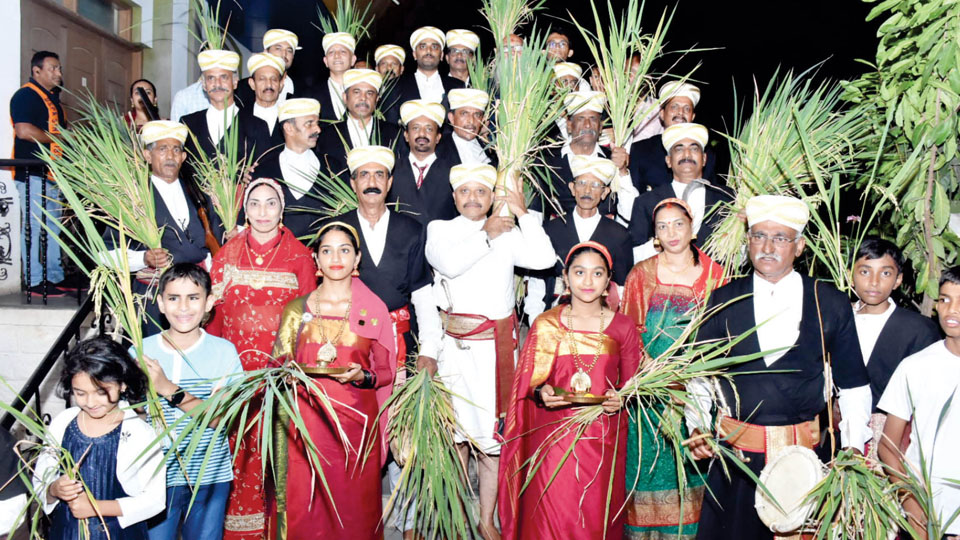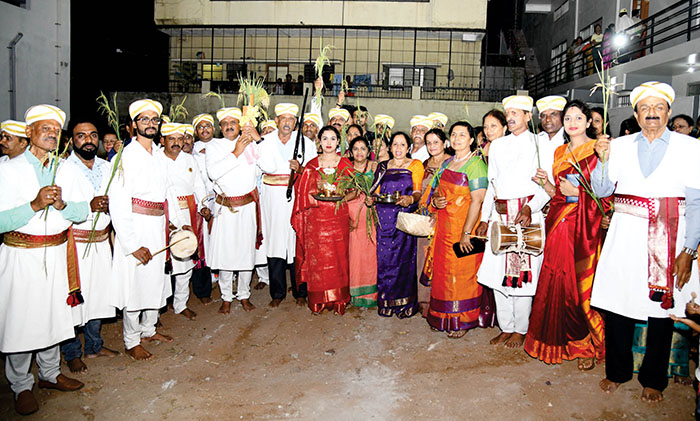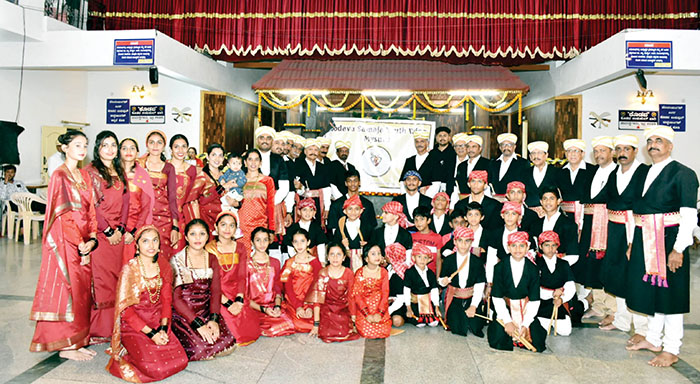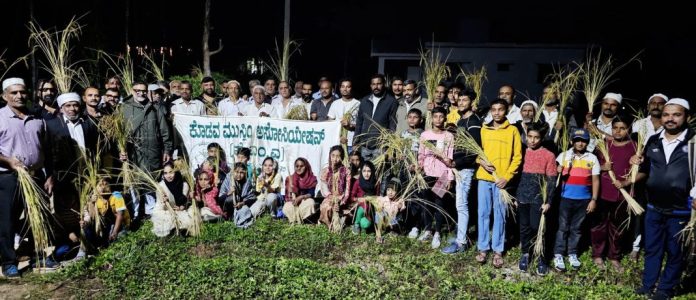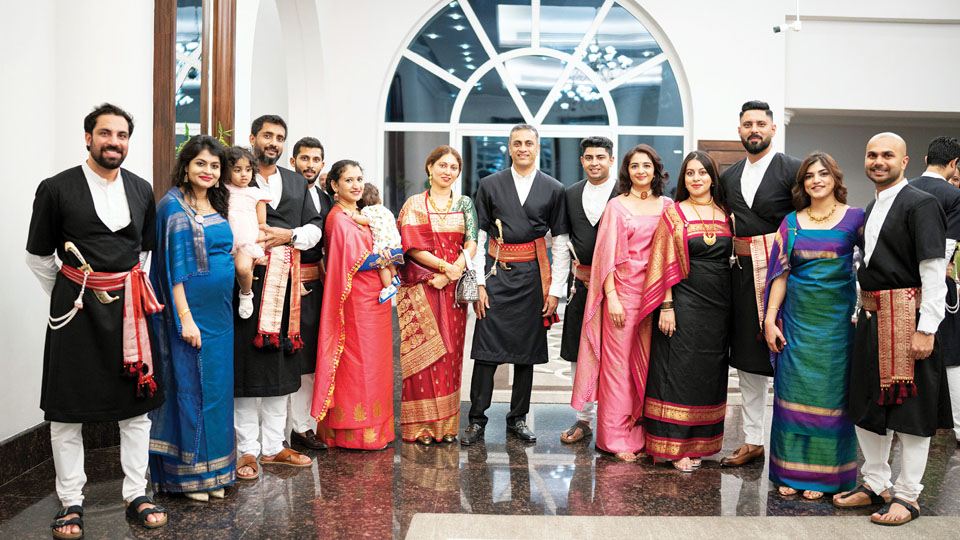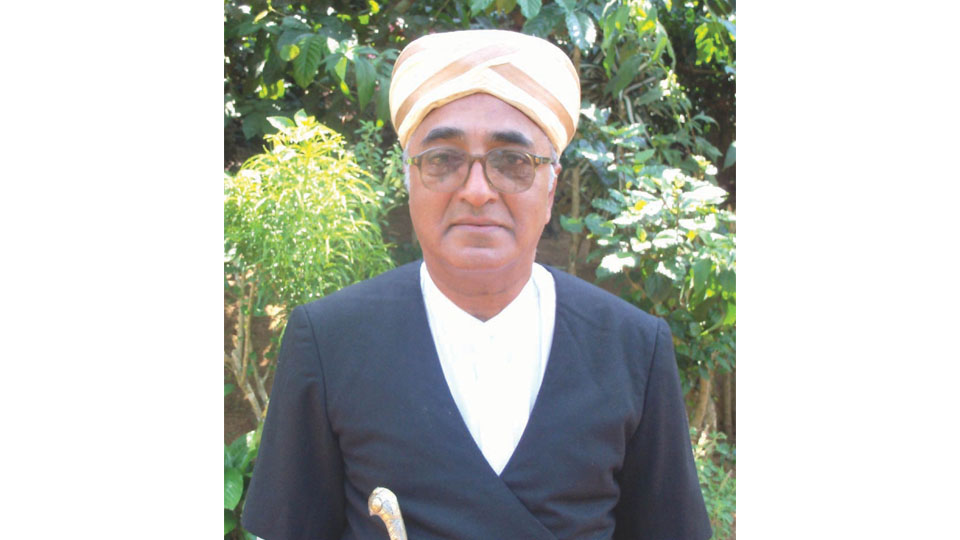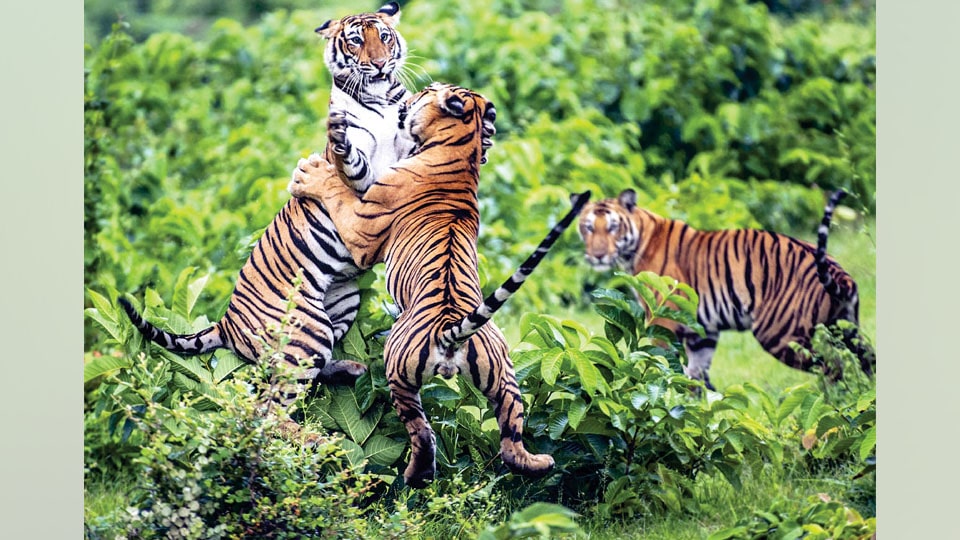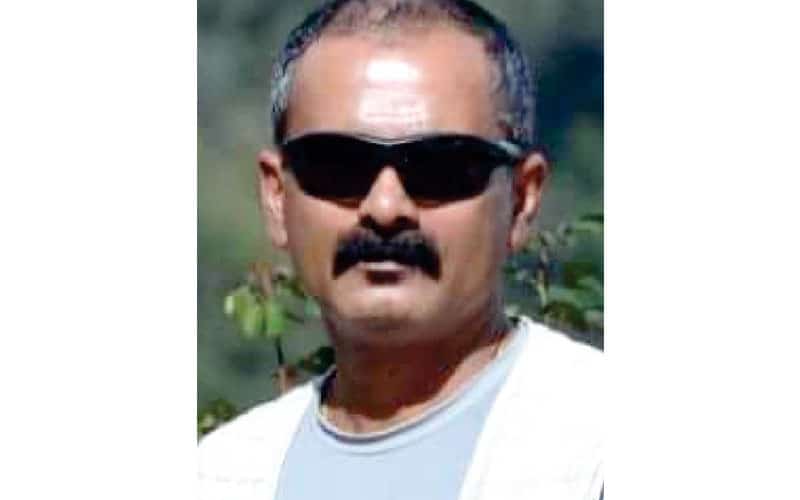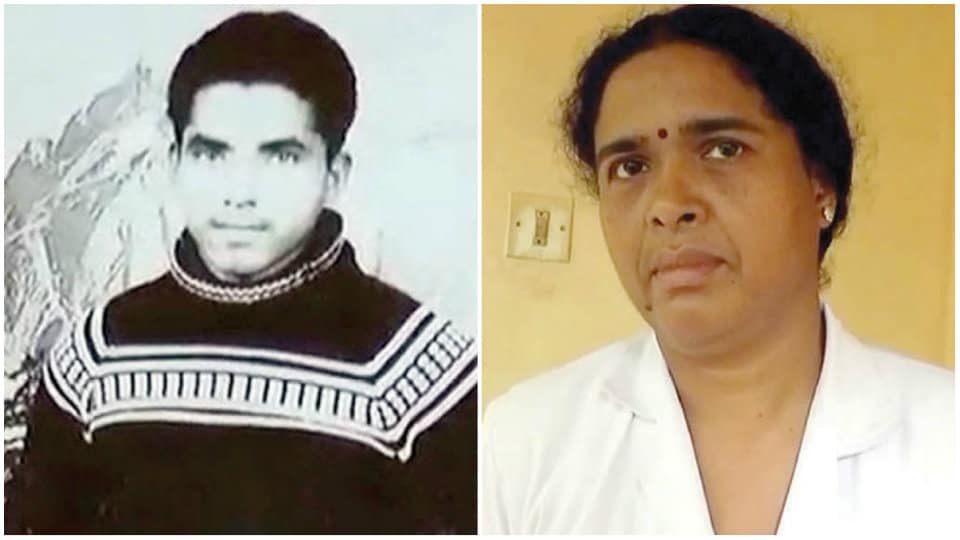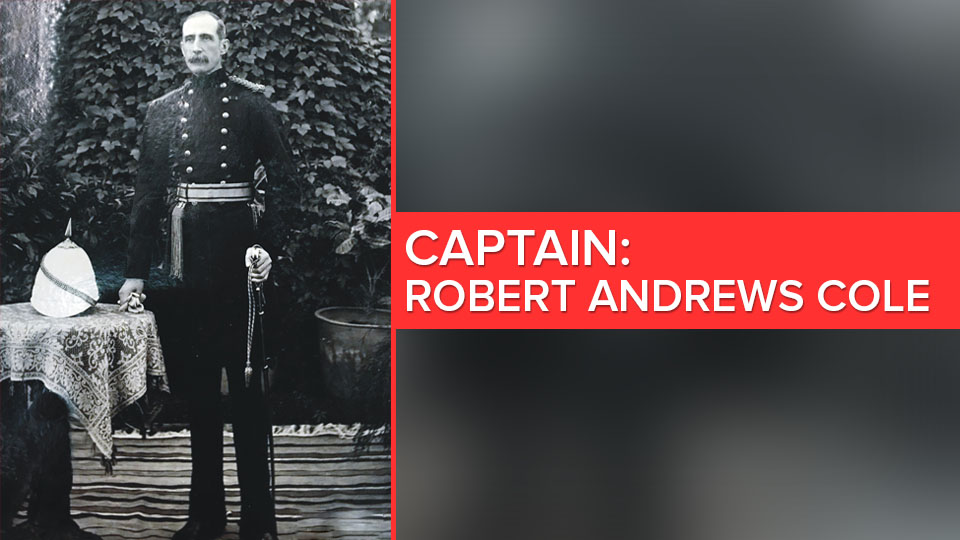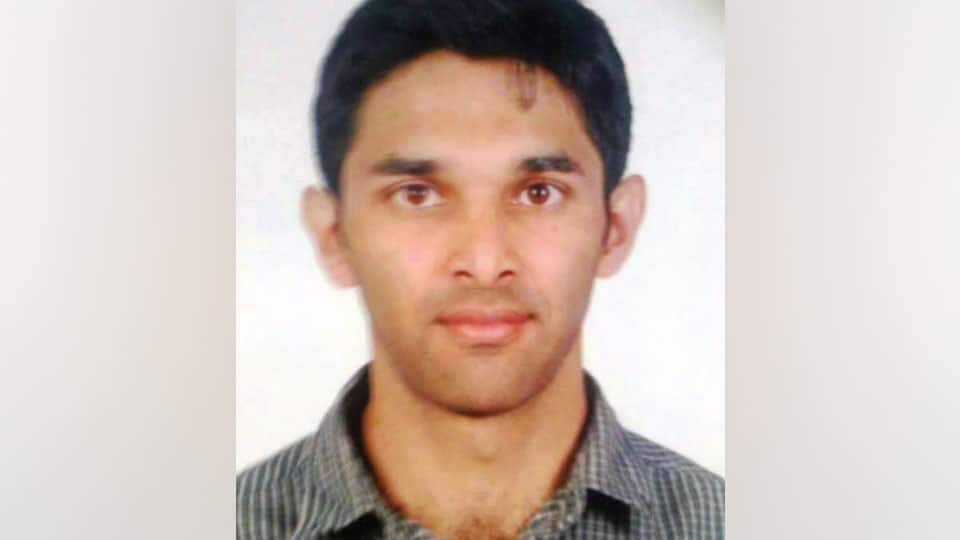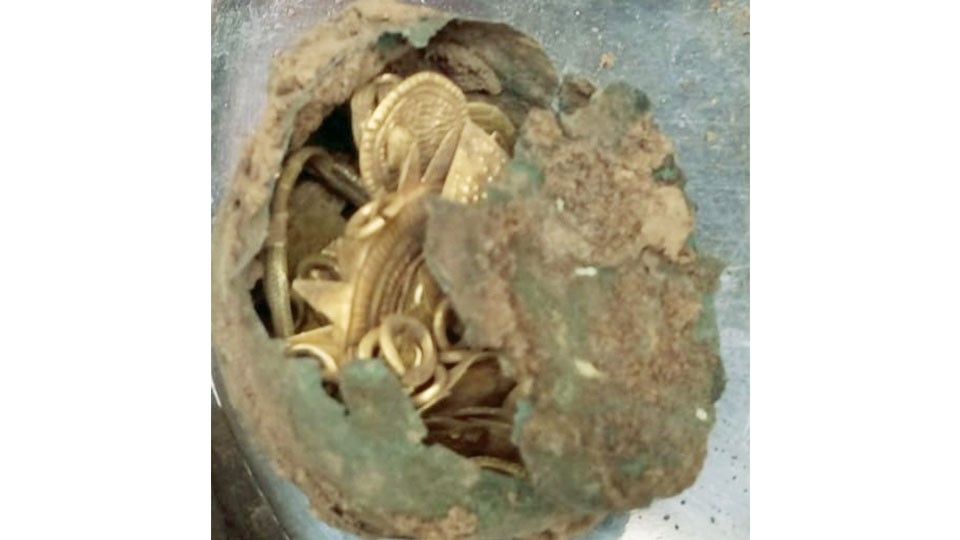
Tucked in a hidden valley down a winding clay road some 5 kilometres from Karnataka’s town of Madikeri (in the Coorg district) lies the Garden Farm. On the fringes of the valley is where the bungalow is placed, marking the beginning of a dense forest shading coffee plants. It is here a close-knit family has set up a sanctuary for fellow nature lovers, giving them a place where they can truly enjoy the beauty of the Coorg landscape without obtrusive power-lines and the cacophony of buses blaring Top Forty Kannada music. And if you don’t love nature, well, they don’t want you to find their guesthouse.
Off The Beaten Track
Even after we drove our Enfields down a long, winding forest trail with steep inclines (only jeeps and bikes can make the journey during monsoon season) and crossed a wide green valley, we could barely make out the large guest house standing 25 meters away as the view of the facade is obscured by a beautiful line of flowering trees and bushes. Basically, this valley villa could be a Pablo Escobar Bungalow, just substitute the cocaine and machine guns with a sense of true tranquility.

A personal pond right outside our doorstep.
Nourishing Yourself In Nature
Everything we ate and drank at the Garden Farm was locally sourced and organic, even the water. Yes, the hill station home boasted fresh mineral water from a well. At first we were skeptical, but the water was completely safe and had a naturally sweetness that is absent in packaged mineral water.
Moreover, on the property the family behind the Garden Farm grow fresh coffee, pepper, cardamom, pineapples, bananas, rice, mangosteens, jackfruit, various types of mangoes, oranges, a type of plum among myriad other plants and trees the author is clueless about.

The farm is home to a large grove of pineapples.
The caretaker of the guesthouse trotted across the valley every morning, brewed a pot of lovely coffee and was happy to take us around the many forest paths on the property, encouraging us to pluck whatever fruit struck our fancy on the stroll. However, the best part was that all our meals were delicious and straight from the farm – their pork fry was to die for.
Also, as a someone who frequently abuses beetroot for being a useless and unappetising vegetable, I devoured three portions of the cooked veggie. To sum up the experience of eating at Garden farm, our tastebuds were more than content.

Our friendly neighborhood cows enjoying lunch time.
What to do? Actually Relax.
The Garden Farm was made for lazily turning the pages of novels, going on forest walks, bonding over bonfires, playing a boardgame or a bit of carrom, and fishing in the pond or stream. Not to come off as poetically pedantic, but each breath taken at the Garden Farm filled our lungs with an at ease contentment that is rarity for urban dwellers.

Leaning back with a good book and an even better view.
We saw the caretaker of the guesthouse climb to the top of a 40 foot tree with no rope that was covered in fire ants. When he came down later and crossed the valley he just beamed us his ordinary smile. It is important to say his smile is like that of a child who has secret, and I have a funny feeling each day we marvelled at that man’s life, he very politely marvelled back at ours.
The choice he made to live out his days on farm was simple and smart. To live in the midst of beauty. Our decision to live in plaster cubes with a view of an army of other plastic cubes is perhaps not the most beautiful of choices. It is not safer either. Even though we thought he was insane for climbing the tree with zero protection, the chances of him falling is most likely equal to the chance a city person will get hit by a delivery driver. Rest was not the only thing gained at the Garden Farm, a bit of perspective was also an added bonus.

Hill station happiness (The caretaker and his lovely son Kavin).
Interiors Of The Hidden Garden Cabin
Sleep at the Garden Farm meant silence took on a whole new meaning. The top part of the house was open air which meant we got a refreshing hill breeze; however, this of course meant the mosquito nets were essential.
The wooden flooring and staircase made the bungalow take on a homey cabin feel. Moreover, the second floor hosted several cushioned floor mats which were perfect for afternoon naps. Also, we got to dig into a wonderful and comprehensive selection of good reads!

Afternoon nap upstairs.

Wooden staircase.
A Final Look Back
If you love nature or feel like you need some time to take in the great outdoors, the Garden Farm beckons.

Crouching amoung the bushes to try and capture a full frontal view of the home.
source: http://www.homegrown.co.in / Homegrown / Home> #HGExplore / by Julian Manning / June 08th, 2021
